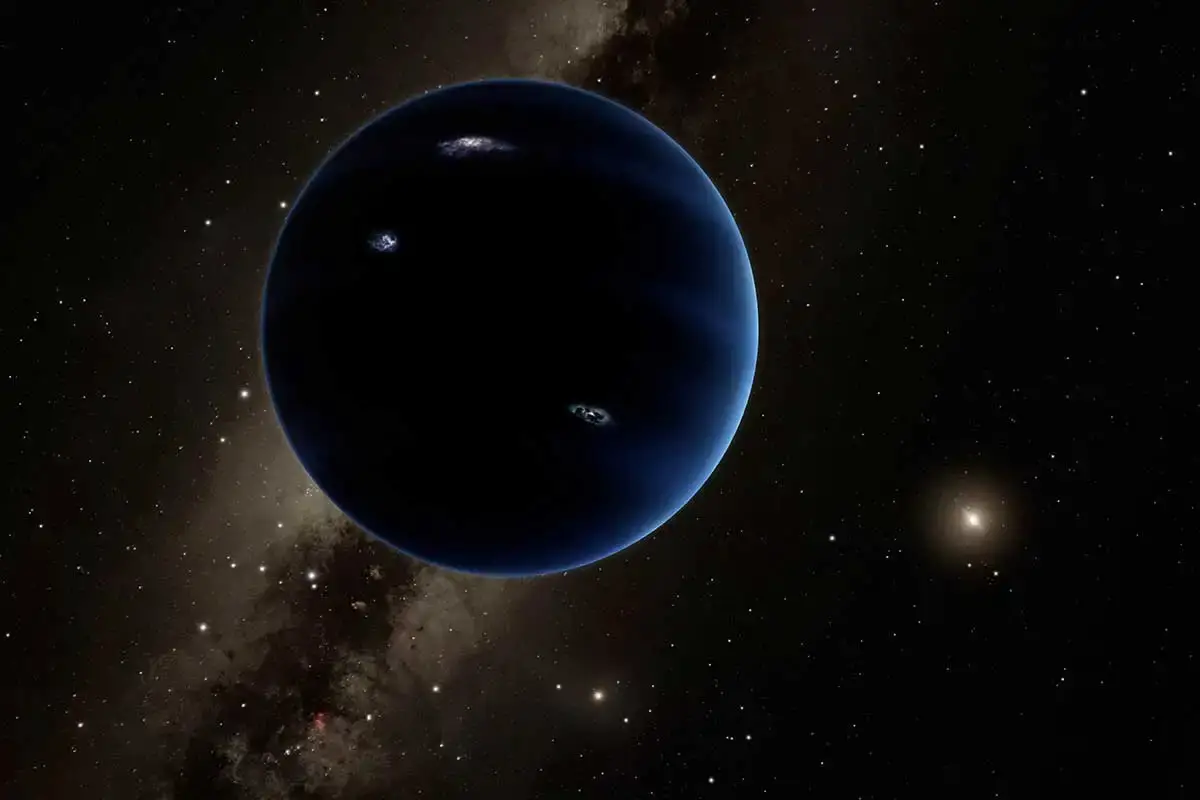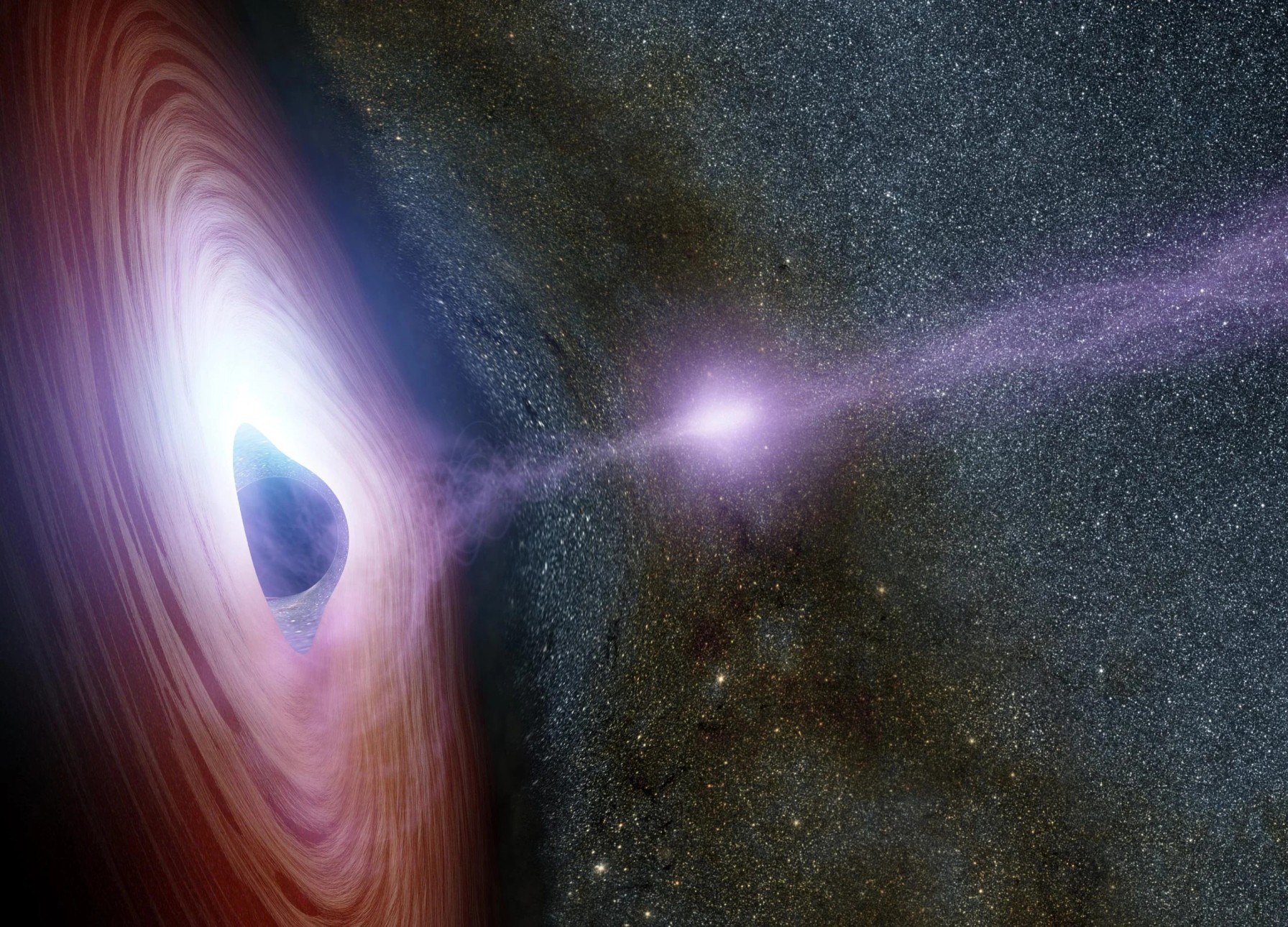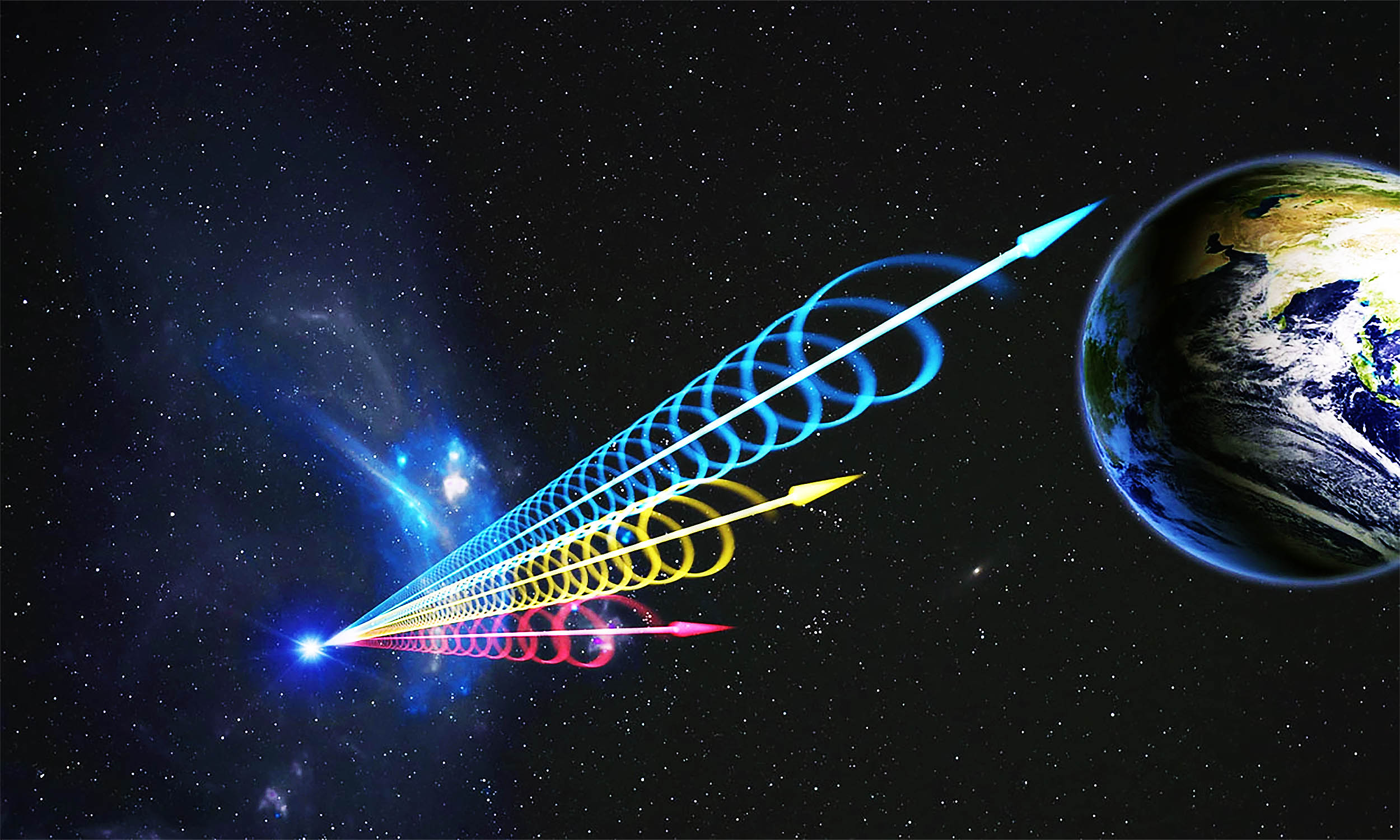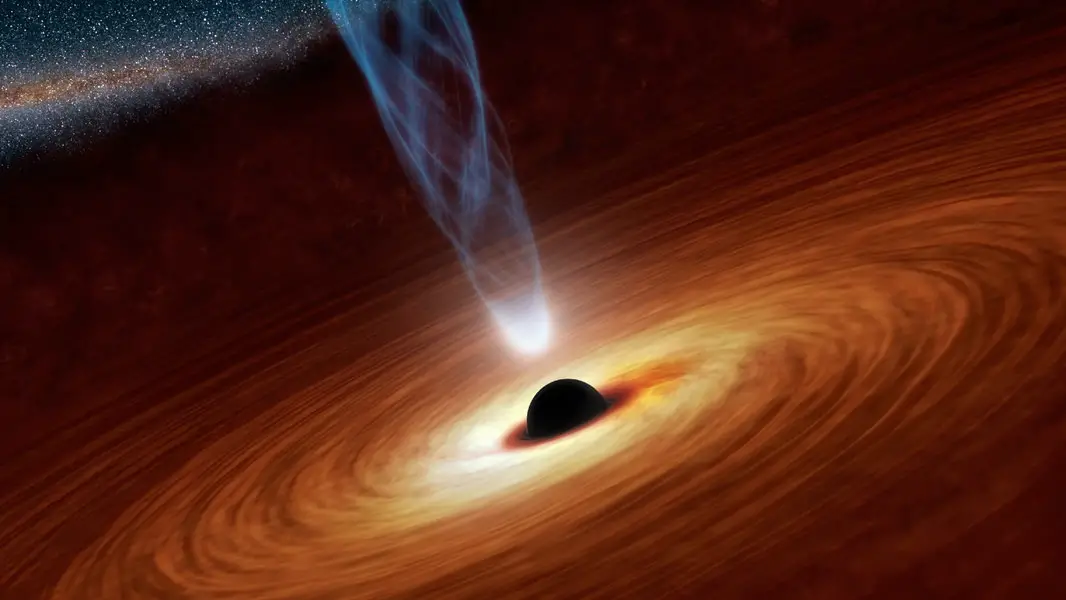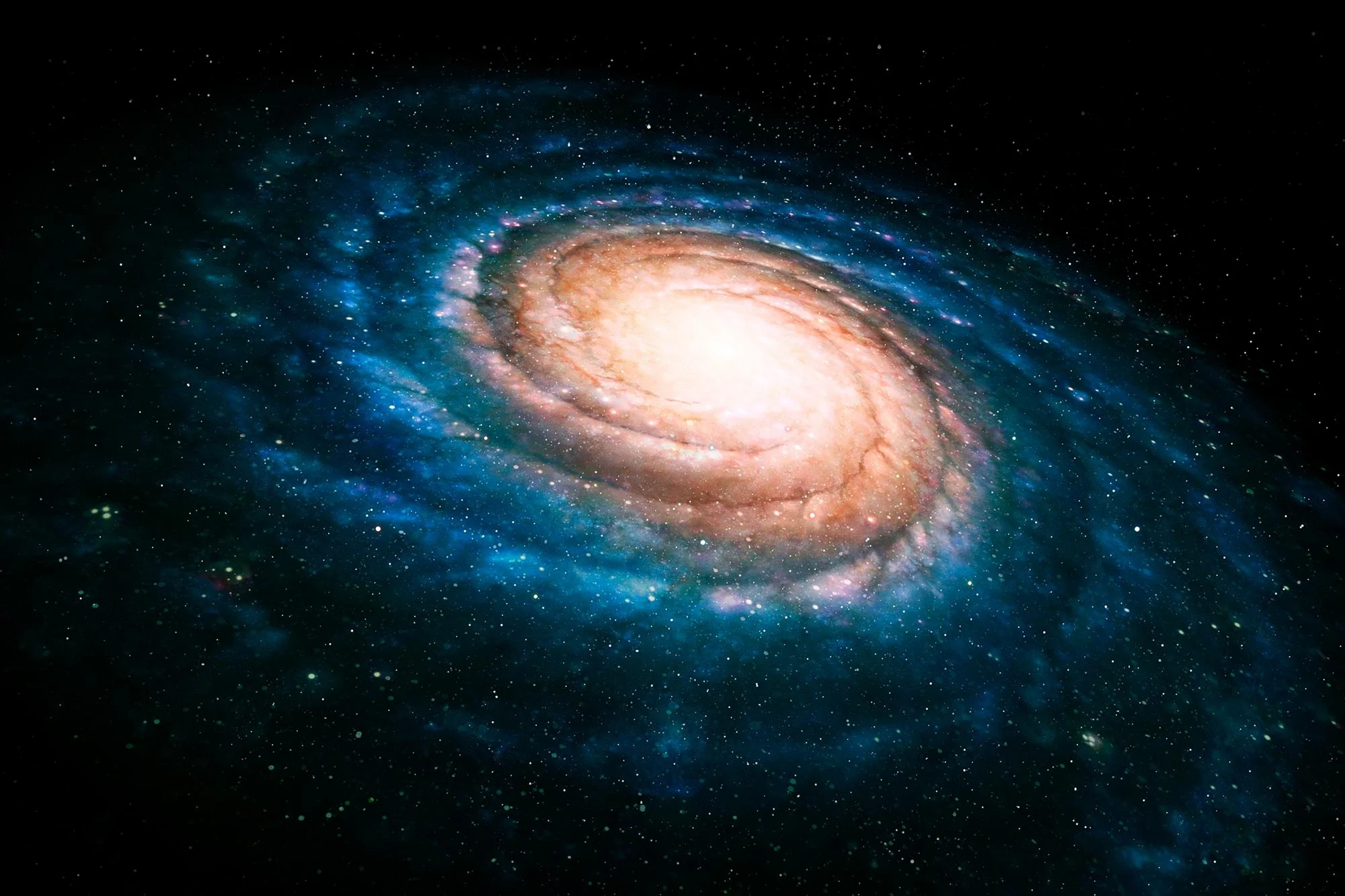Planet Nine’s orbit may take up to 20,000 years to circle the Sun once.
Key Takeaways
- A mysterious “Planet Nine,” potentially five times Earth’s size, could lurk beyond Neptune.
- Its immense distance, up to 20 times farther than Neptune, makes it almost undetectable.
- Astronomers suspect the planet’s gravity explains unusual orbits of distant solar system objects.
- New telescopes and sky surveys in the coming decade could confirm its existence.
- Some researchers suggest it may be an icy disc rather than a planet.
__________
The Elusive Ninth Planet
Astronomers are on the hunt for a hidden giant in our solar system, tentatively dubbed “Planet Nine.” This mysterious celestial body, theorized to be five to ten times Earth’s mass, could be lurking at the solar system’s dark edge, far beyond Neptune. Sara Webb, a space expert from Swinburne University in Australia, argues that the planet’s presence is necessary to explain the peculiar orbits of certain distant objects.
Writing in The Conversation, Webb explains how gravitational anomalies in the solar system provide compelling evidence for Planet Nine. These anomalies include unexpected elliptical orbits and the clustering of distant objects on a tilted plane. Computer models suggest that a massive, unseen planet with at least 10 Earth masses could be responsible for these orbital irregularities.
Other researchers, including Professor Konstantin Batygin of Caltech, suggest the hypothetical planet might resemble a “super-Earth,” a rocky body larger than our planet but typical among extrasolar planets. With such immense distance and dim illumination, spotting Planet Nine may take centuries unless advancements in telescope technology come to the rescue.
Challenges and Future Prospects
Planet Nine is thought to reside 20 times farther from the Sun than Neptune, making it almost invisible with current instruments. Its orbit is so vast that one full revolution around the Sun could take between 10,000 and 20,000 years. Observing such a distant object is particularly challenging due to limited viewing windows requiring perfect conditions, such as moonless nights and specific sky orientations.
However, hope remains. A new generation of telescopes and sky surveys, expected within the next decade, might provide astronomers the tools needed to confirm or disprove Planet Nine’s existence. Webb is optimistic that technological advancements could significantly accelerate the search.
Interestingly, not all scientists agree on the planet hypothesis. Some propose that what appears to be gravitational effects of Planet Nine could instead be caused by a massive disc of icy objects in the outer solar system. Regardless, the hunt continues to unravel this decades-long cosmic mystery, holding the promise of deepening our understanding of the solar system’s dynamics.
